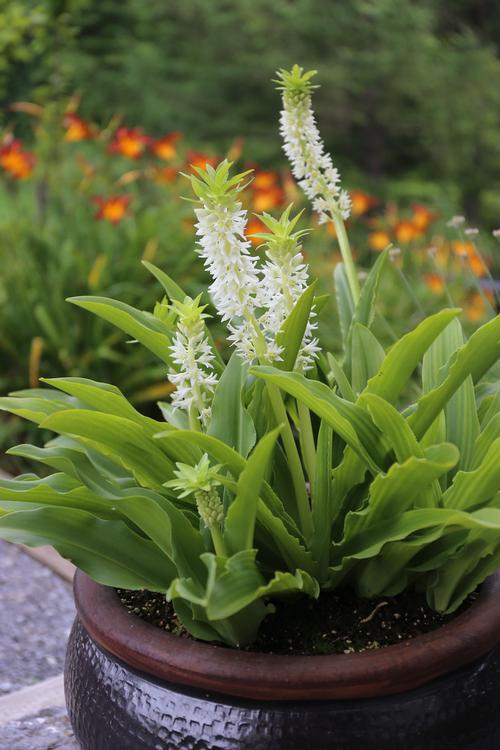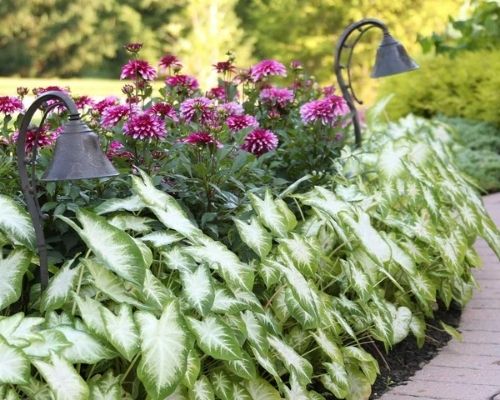Quick Answers to Common Questions
Answers to Start here for answers to commonly asked questions about spring-planted bulbs such as dahlias, begonias, caladiums and elephant ears. If your question is not covered below, please send us an email or call us at 855-534-2733. You'll also find lots of helpful information HERE or under the LEARN tab on our website.
What should I do with my flower bulbs when they arrive?
We time our spring shipments so your bulbs will arrive at the proper planting time for your growing zone. If the spring weather is unusually cold, or there's some other reason you must delay planting, please open the box and leave the plants in their original packaging. Place the box in a dark, cool (40-60°F) place such as a basement or garage.
What should I do if I can’t plant my flower bulbs right away?
In most cases, your bulbs can easily wait for 2 weeks. If you need to wait more than 2 weeks, consider starting the bulbs in nursery pots filled with moist growing mix. Provide them with light, moisture and protection from freezing temperatures. Transplant them into the garden as soon as possible.
Is it OK if the bulbs have already sprouted in the bags?
This means your plants are eager to get into the ground and start growing, so it’s important to plant them as soon as possible. Handle them with care so you don’t break off the new shoots. Follow the instructions on the bag for proper planting depth and spacing.
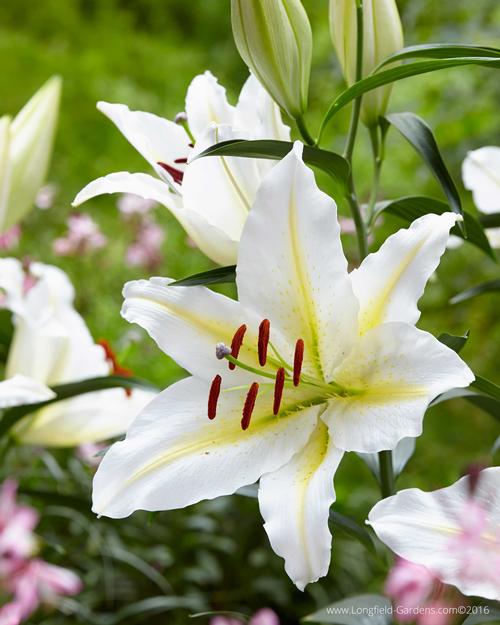
How should I plant my flower bulbs?
Most bulbs look best planted in groups, but big plants like dinnerplate dahlias, canna lilies and elephant ears can hold their own as individuals. Specific information about recommended spacing and planting depth is provided on the packaging, on offer pages, and in our All About articles, which can be found on our website's navigation bar under LEARN.
When should I plant my summer bulbs?
If you garden in a frost-free area (zones 9-11), plant your bulbs as soon as they arrive. In colder areas (zones 4-8), wait until after any danger of frost has passed. Here are some additional tips for gardeners in northern areas:
Tuberous begonias: If possible, start begonia tubers indoors, 8-10 weeks before moving them outside. Learn more about that HERE.
Lilies: Lily bulbs are not sensitive to frost and should be planted outdoors in early spring.
Dahlias, Cannas, Callas, Crinum, Eucomis, Nerine, Hymenocallis: Plant these cold-sensitive bulbs two weeks after any chance of frost has passed. In northern areas, consider starting the bulbs in pots indoors, 4 to 6 weeks before transplanting outside.
Crocosmia, Liatris, Eremurus, Brodiaea: Plant these winter hardy bulbs outdoors approximately one week after the frost-free date for your area.
Gladiolus, Acidanthera: Plant these bulbs outdoors any time after the last frost date. To extend bloom time, plant in two or three batches, in early spring, late spring and early summer.
Elephant Ears and Caladiums: These heat-loving plants will not grow in cold soil. In northern areas, plant the bulbs outdoors in early June or get an earlier start by growing in pots indoors for 4 to 6 weeks.
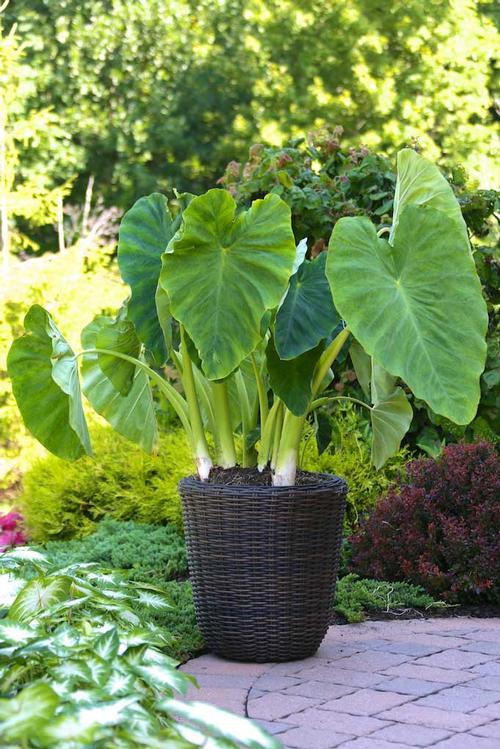
What types of flower bulbs can be planted in the spring?
For sunny areas we recommend planting dahlias, lilies, gladioli, callas, cannas, caladiums and elephant ears. Learn more about sun-loving options here: Summer Bulbs for Sunny Gardens and Colorful Containers That Can Take the Heat.
For shady areas we recommend begonias and caladiums. Elephant ears also grow well in partial shade. Learn more about shade loving options here: Summer Bulbs for Shady Gardens and Easy Bulbs for Shady Containers.

Which summer flower bulbs are drought tolerant?
Callas are a good choice. They need moisture in early summer, but once established, they will tolerate periods without rain or watering. Most other summer-blooming bulbs, such as dahlias, gladiolus, begonias and elephant ears require a consistent supply of moisture.
When will my flower bulbs bloom?
Bloom times vary depending on your location. To view a chart with the approximate bloom time sequence for spring and summer bulbs, click HERE.

How should I prepare the planting area?
Choose a planting area where the soil is well-drained and never soggy. Use a garden fork or spade to loosen the soil to a depth of at least 8”. This will make it easier for the bulbs to develop a strong root system. Adding compost will improve the soil’s texture and fertility. Learn more here: How to Prepare Soil for Planting.
How should I plant the bulbs?
Bulbs usually look best planted in groups, but large plants such as dahlias, cannas and elephant ears should be treated as individuals. Information about spacing and planting depth is provided on the packaging and may also be found on our website HERE.
If you are planting bulbs that have not sprouted yet, it may be difficult to figure out which end is up. If in doubt, plant the bulb on its side and the plant will find its way to the sun. Most of our plant-specific articles include a photo showing how the bulb should be planted. You’ll find them HERE.
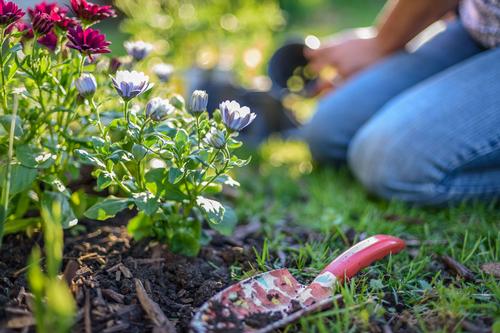
Where should I plant my summer-blooming bulbs?
Some plants require more sun than others, so it’s important to match bulbs with their preferred light conditions. Check the label on the package for recommendations.
Most summer bulbs are good partners for perennials. Adding them to existing garden beds and borders ensures continuous color from midsummer to frost. Plant dahlias, glads, callas and others in a cutting garden or even right in your vegetable garden. Most summer bulbs also grow well in containers, including border dahlias, tuberous begonias, elephant ears, cannas, callas, caladiums, and eucomis. Learn more about growing in containers HERE.
Should flower bulbs be watered after planting?
Bulbs are often still dormant when they are planted. Moisture helps wake them up. If the soil is already moist, there’s no need to water. If the soil is dry and there’s no rain in sight, apply about an inch of water per week for the first several weeks after planting.
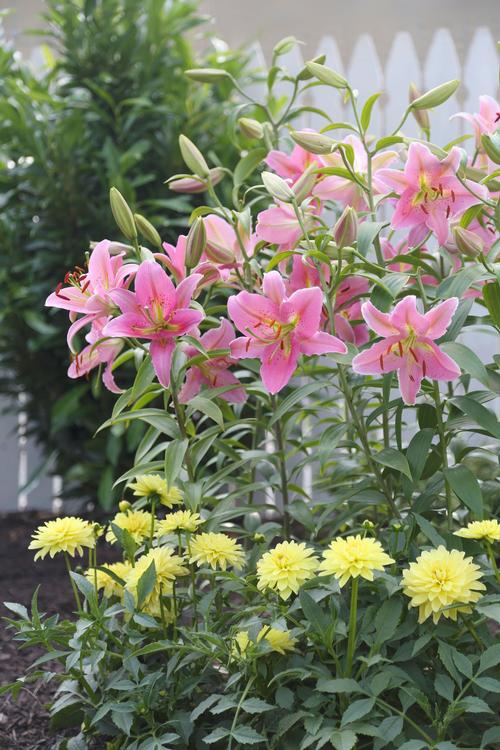
Given the right growing conditions, hardy bulbs such as lilies, crocosmia and liatris will multiply and bloom year after year. Other summer-blooming bulbs such as dahlias and cannas are relatively tender and will not survive cold winter temperatures. Be sure to check the hardiness rating before you buy. Learn more here All About Spring-Planted Bulbs.
Do I need to dig up my summer bulbs or can I leave them in the ground?
Bulbs that are winter hardy in your area may be left right in the ground. Other more cold sensitive bulbs may not survive the winter outdoors. If you don't know which hardiness zone you live in, check the map HERE. You can find plant-specific hardiness information each type of spring planted bulb HERE.
If the flower bulbs you are growing are not winter hardy in your area, you can treat them as annuals and purchase new bulbs each spring. Another option is to dig them up in the fall and store the bulbs indoors. Learn more here: How to Lift and Store Dahlia Bulbs.
